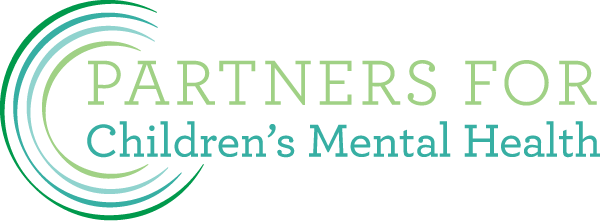The COVID-19 pandemic is continuing to have long-term and global effects that the vaccine may not ease. Children and adolescents endured unprecedented periods of loneliness, social isolation, financial stressors, in-home conflicts, changes in living circumstances, and variable access to healthcare, resulting in increased mental health sequelae. Timely recognition of students’ anxiety, depression, and disruptive behaviors will allow appropriate interventions to de-escalate these feelings and prevent suicidal ideations and attempts. As youth return to school, their mental health needs will not subside. School nurses and the multidisciplinary team have a vital role in impacting this population’s already surging increase of mental and behavioral health disorders.
School nurses are often the first to identify students’ behavioral health and wellness concerns and connect families to community resources (National Association of School Nurses [NASN], 2021). In March 2020, in response to the COVID-19 pandemic, large-scale school closures ranged from 1 month to the duration of the academic year that limited students and families access to their school’s nurse (Rothstein & Olympia, 2020). While overall pediatric emergency department (ED) visits were down during the pandemic, the proportion of ED visits for mental health conditions significantly increased (Leeb et al., 2020; Yard et al., 2021). These pediatric patients were more likely to require admission and have more extended stays than patients before the pandemic (Krass et al., 2021).
authors: Eileen R. O’Shea, DNP, APRN, PCNS-BC, CHPPN, Kathryn E. Phillips, PhD, CHSE, APRN, Kathleen N. O’Shea, BSN, RN, CPN, Linda N. Roney, EdD, RN-BC, CPEN, CNE
Content originally published on https://journals.sagepub.com/
